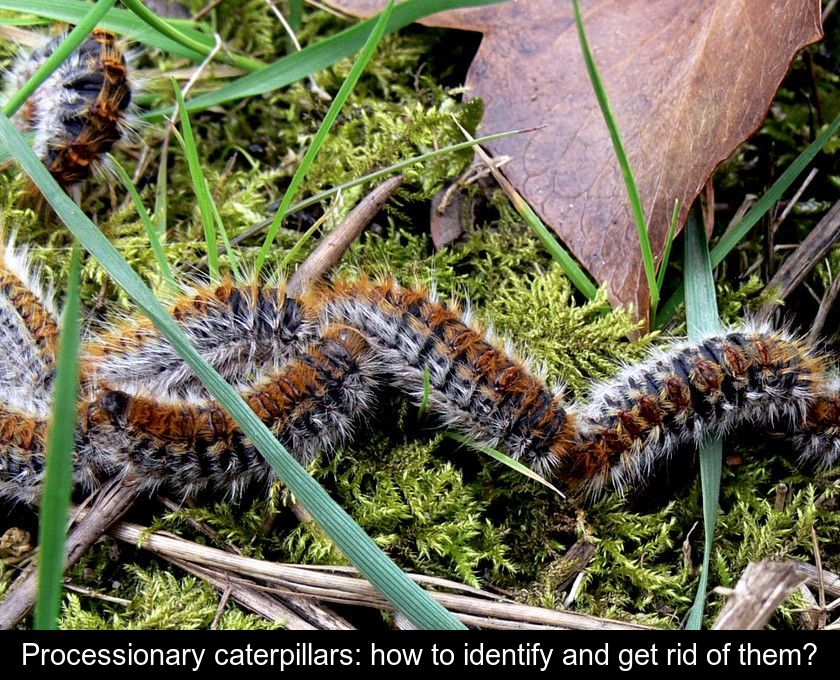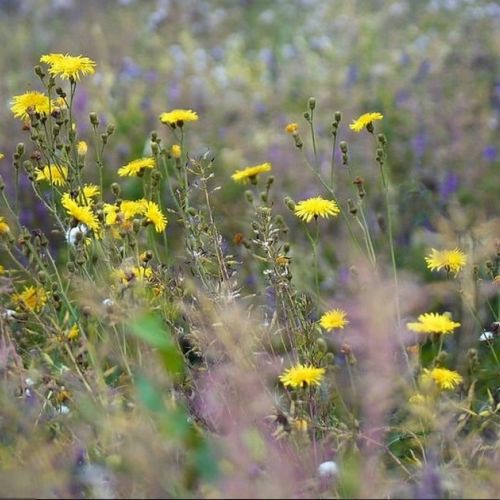Processionary Caterpillars: How To Identify And Get Rid Of Them?
Processionary caterpillars are pests that colonize pine trees from autumn to spring and oak trees from spring to summer. If you notice nests in the trees, you must not touch them as these stinging caterpillars can cause allergic reactions. We will explain how to recognize them and how to get rid of them.
What are the species of processionary caterpillars?
Processionary caterpillars are the larvae of moths. Found throughout France, they have been classified as pests since April 2022 because they proliferate and pose a danger to flora and human health.
There are two species of processionary caterpillar in France:
• The pine processionary or Thaumetopoea pityocampa, which colonizes conifers such as black pine, Scots pine, and Atlas cedar.
• The oak processionary or Thaumetopoea processionea, which colonizes deciduous trees like the English oak and the sessile oak.
How to identify processionary caterpillars?
Processionary caterpillars get their name from one of their characteristics: they live in groups and move in single file.
Gardeners usually notice their presence when they find silk cocoons in an oak or pine tree. These silky nests look like large white pouches hanging from the trees. The caterpillars weave these silk nests in the tree they colonize and only emerge at night to eat the leaves.
Both the pine processionary and the oak processionary are equally harmful and dangerous. However, they have differences. The pine caterpillars are orange-brown in color, while those of the oak are silver-gray.
In the last larval stage, the pine processionary descends along the trunk to bury itself in the ground and transform into a chrysalis, whereas the oak processionary remains in its tree during these final stages.
When the butterflies emerge from their chrysalis, they mate, and the females lay their eggs at the top of another tree to begin the cycle anew.
What is the danger of processionary caterpillars?
Processionary caterpillars do not sting or bite, but they are highly irritating. When approached and stressed, they release very irritating and allergenic silk hairs for both humans and pets.
These hairs remain suspended in the air and easily cling to the skin and mucous membranes. They can then cause irritations, inflammatory reactions, or even allergic reactions.
These irritating hairs are like tiny harpoons that embed in the skin and sometimes in the eyes, nose, or mouth. They release a toxin whose effects are similar to nettle stings, with the appearance of red blisters or red patches on the skin.
When these hairs reach the eyes, they cause pain, tearing, redness, and swelling of the eyelids. In the most severe cases, exposure to these allergens can trigger an asthma attack, discomfort, or loss of consciousness.
What are the risk periods for processionary caterpillars?
The pine processionary and the oak processionary do not share the same seasonality.
• Exposure to pine processionary caterpillars extends from January to May with a peak in March.
• Exposure to oak processionaries runs from April to August with a peak in June.
However, it should be noted that heatwaves in autumn and mild winters promote an early development of these butterfly larvae.
Furthermore, even out of season, empty nests contain a high concentration of irritating hairs that can be dispersed by the wind and cause allergic reactions.
How to get rid of processionary caterpillars?
Due to the previously stated health risks, one should not touch the pine processionary caterpillars or even approach their processions. It is not advisable to tackle their nest oneself, but rather to contact a specialized company or a professional who is specially trained and equipped to deal with infested trees.
The classification of these caterpillars as harmful to health obliges local and regional authorities to implement treatments and control strategies against their proliferation. One of the ways to get rid of them is to install traps around the trunks to intercept the pine processionaries as they descend to the ground.
Other strategies involve the use of natural predators such as bats and tits or biological control using a bio-insecticide like the bacterium Bacillus thuringiensis.
Finally, it is possible to limit the spread of these pests by attracting male moths with pheromone boxes hung in the trees. The male moths are trapped, which prevents the species from reproducing.












